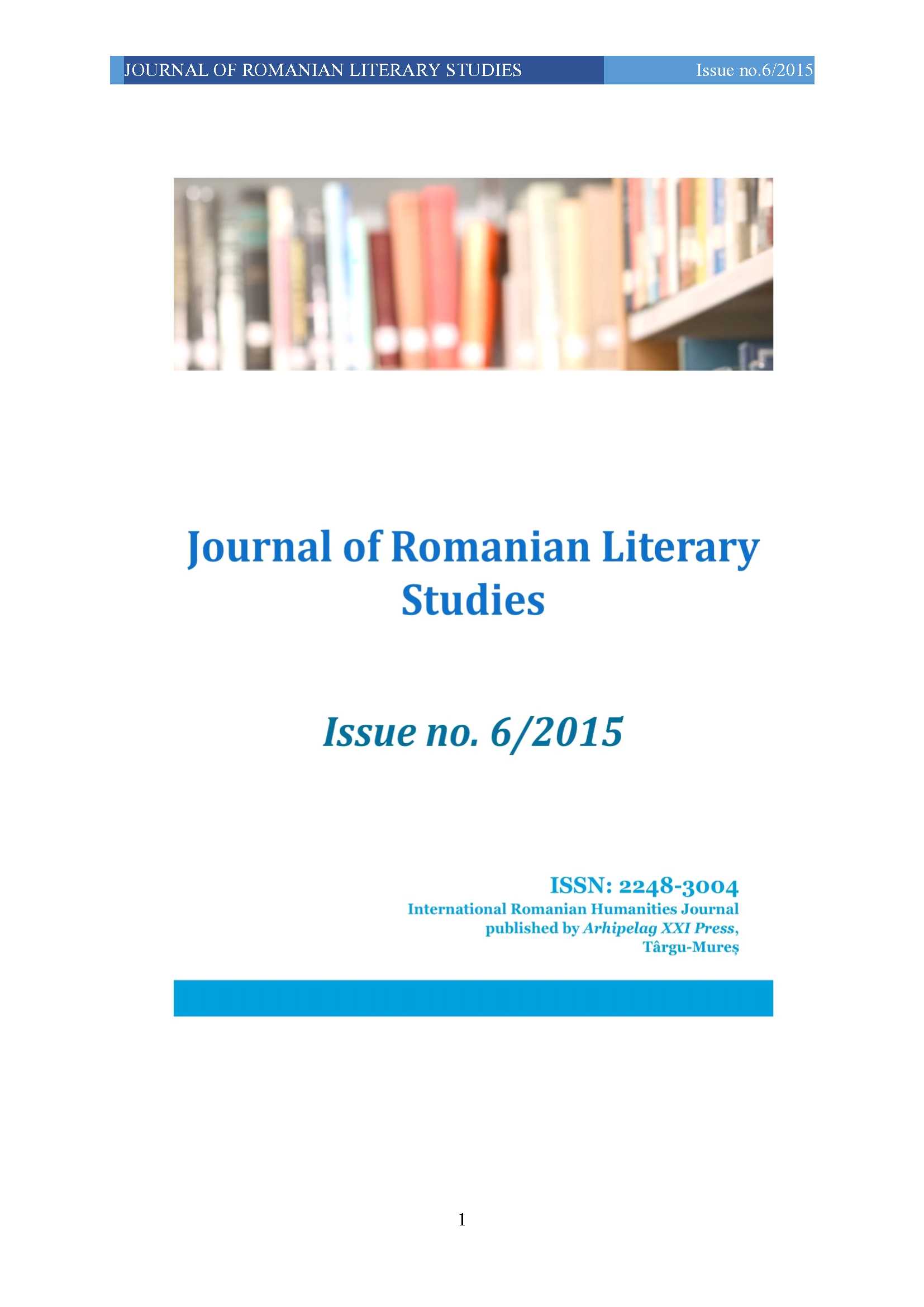UTILITARIANISM AND CREATIVITY IN PREHISTORY: THE SMALL ART OF GUMELNIȚA CULTURE
UTILITARIANISM AND CREATIVITY IN PREHISTORY: THE SMALL ART OF GUMELNIȚA CULTURE
Author(s): Ioana-Iulia OlaruSubject(s): Language and Literature Studies, Literary Texts
Published by: Editura Arhipelag XXI
Keywords: ryton; en violon; coefore; bec d'oiseau; removable
Summary/Abstract: The present study refers to an ancient period from the History of Art on the territory of Romania, that is the Eneolithic age. It is difficult (or, on the contrary?) to prove that, during those times, utilitarianism was largely spread, art being subsumed to a purpose (in the present case, the magic-religious one), and it is hard to decipher where the artistic quality of objects started, objects that are for us, the nowadays people, undeniable works of art. Maybe we could speak about Gumelnițeni sculpture as more complex from a typological point of view and more creative than the Cucuteni works of art, being representative for the artistic manifestations of this culture, the accent falling on the figures’ expressiveness. We will see the steps forward which make the transition from one type to another, in order to create symbols which are specific to a new world which had known another lifestyle in Neolithic. The small sculpture of this age will record a more visible qualitative change compared to ceramics, from an artistic point of view.
Journal: Journal of Romanian Literary Studies
- Issue Year: 2015
- Issue No: 06
- Page Range: 274-282
- Page Count: 9
- Language: Romanian

